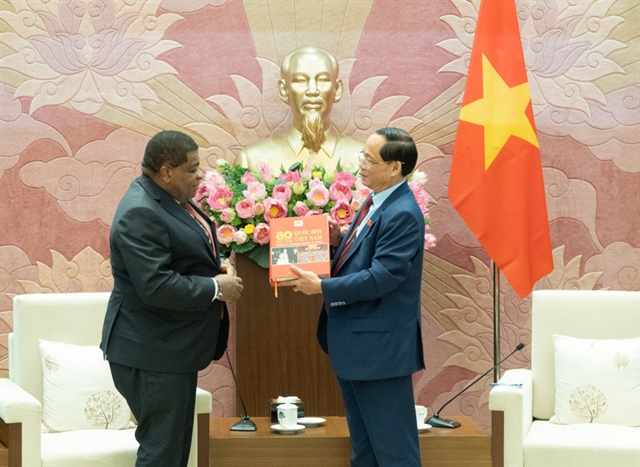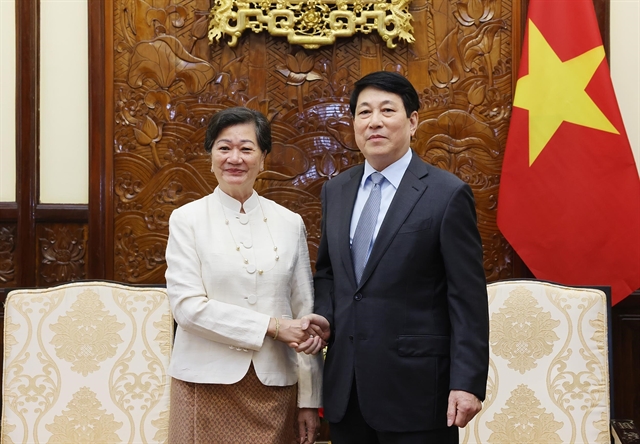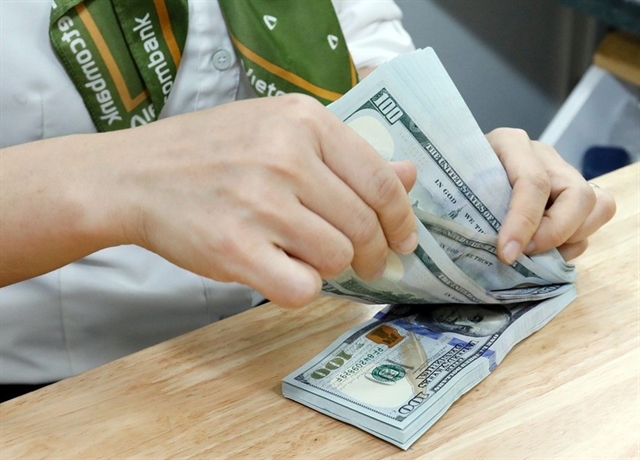 Economy
Economy

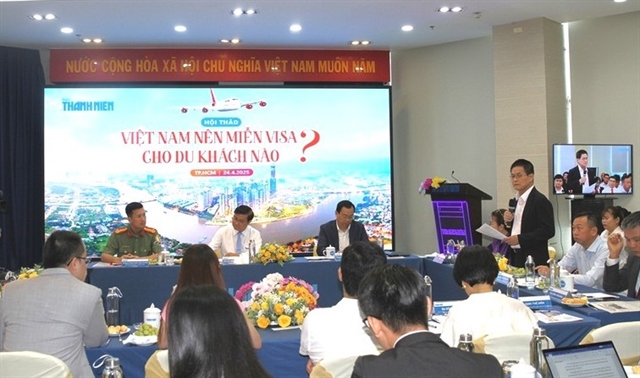 |
| Delegates discuss visa policies at a seminar in HCM City on April 24. — VNS Photo |
HCM CITY — Waiving visas for nationals of key countries and adopting flexible visa policies tailored to different tourist segments will boost Việt Nam’s competitiveness vis-à-vis its neighbours, a seminar heard in HCM City on April 24.
Speaking at the “Which Tourists Should Việt Nam Grant Visa Exemptions To?” seminar hosted by Thanh Niên (The Youth) Newspaper, its editor-in-chief Nguyễn Ngọc Toàn said while Việt Nam has the opportunity to elevate its tourism globally, it is still hampered by a conservative visa policy that is more restrictive than that of its neighbours.
“Việt Nam is currently in a highly challenging situation, striving for rapid economic growth to enter a new era while also facing reciprocal tariffs from the US that could hit exports of key industries.
“In this context, certain sectors must step up to ease the burden on exports. Tourism, we believe, is one of the most promising.”
This urgency is why Prime Minister Phạm Minh Chính has directed various ministries to finalise proposals for visa policy reforms by the end of April, demonstrating the Government’s strong commitment to creating a more attractive tourism environment.
Dr. Đinh Thế Hiển, director of the Research Institute of Informatics and Applied Economics, said tourism would be one of the least affected sectors amid the global economic uncertainty now.
“Việt Nam received over six million international visitors in just the first three months of this year. This indicates strong potential for a record-breaking performance in 2025.”
Nguyễn Quốc Kỳ, chairman of Vietravel Corporation, said “Amid the robust global tourism recovery post-Covid and intensifying regional competition, visa exemptions have become a strategic tool for Việt Nam to assert itself as a top destination in Asia.”
Việt Nam offers visa-free entry to only citizens of 29 countries and territories, and stays ranging from 14 to 90 days, much lesser than competitors like Thailand, Malaysia and Singapore do.
To meet its ambitious target of 25–30 million visitors annually by 2030, and projected revenues of US$36 billion, equivalent to 12–14 per cent of GDP, the tourism industry is calling for a breakthrough in visa policies that targets strategic markets and aligns with global travel trends.
Nguyễn Quang Trung, head of development planning at Vietnam Airlines, said with six million international arrivals in Q1 alone, the goal of 22–23 million in 2025 is entirely within reach if visa and aviation policies are implemented in a synchronised and effective manner.
Trung and Kỳ both called for expanding the list of visa-exempt countries, focusing on markets with strong tourism and investment potential.
They recommended adding 20 EU countries not currently exempt – prioritising Switzerland, Poland, the Czech Republic, Hungary, and Portugal – and North America (the US and Canada), Australia, and emerging markets such as the UAE, Saudi Arabia and Brazil.
Trung suggested trialling 12-month visa exemptions for mainland China, Hong Kong, Taiwan (China), and India, extending visa-free stays to 90 days for travelers from Europe, North America and Australia, offering long-term visas for investors and professionals, simplifying the e-visa system, and reducing the visa processing time to less than 24 hours.
Kỳ suggested flexible policies such as 15–30 day visa waivers for luxury tourists (spending $2,000–5,000), MICE visitors, Gen Z travelers under 35, and family visits verified through documentation.
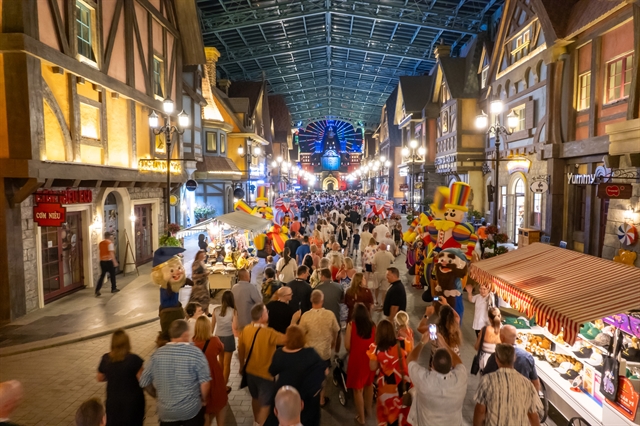 |
| Waiving visas for nationals of key countries and adopting flexible visa policies tailored to different tourist segments will boost Việt Nam’s competitiveness vis-à-vis its neighbours. — Photo courtesy of Vinpearl |
Additionally, special programmes like “Welcome Back to Vietnam” for return visitors within five years or 30-day visa waivers during off-peak seasons could further boost arrivals, he added.
He also backed continuing the 30-day visa exemption for all visitors to Phú Quốc and leveraging APEC Business Travel Cards for 60-day stays.
Nguyễn Thu Thủy, marketing director of Vinpearl, a subsidiary of Vingroup, proposed a segmented approach to visa exemptions, targeting high-spending travelers from Australia and New Zealand, nature and premium experience seekers from Norway, Sweden, Finland, and Denmark, emerging winter travel markets like Kazakhstan and Mongolia, off-peak long-stay travelers from Eastern Europe and high-spending Gulf tourists from the UAE, Qatar and Saudi Arabia.
She also proposed a “product-linked visa” model, with exemptions granted only to tourists booking full-package tours with licensed providers and following scheduled itineraries.
Vinpearl also suggested a “visa sandbox” model in select locations such as Phú Quốc, Nha Trang and Hạ Long to pilot flexible visa policies before a nationwide rollout.
Bùi Thị Ngọc Hiếu, deputy director of the HCM City Department of Tourism, said visa-free entry alone is not enough, pointing out: “If tourism products are not appealing and service quality is poor, tourists will not return. We must prioritise the visitor experience over raw numbers.”
She suggested targeting high-end tourists who seek premium services, aiming to enhance the quality of tourism while easing the burden on infrastructure.
Delegates called for integrating e-visa systems with ticketing, hotels and tour platforms to create a seamless “one-touch” experience for international tourists.
They stressed it is vital to synchronise infrastructure upgrades, digital visitor management and marketing through online travel agencies and social media to position Việt Nam as an open, safe and welcoming destination. — VNS

